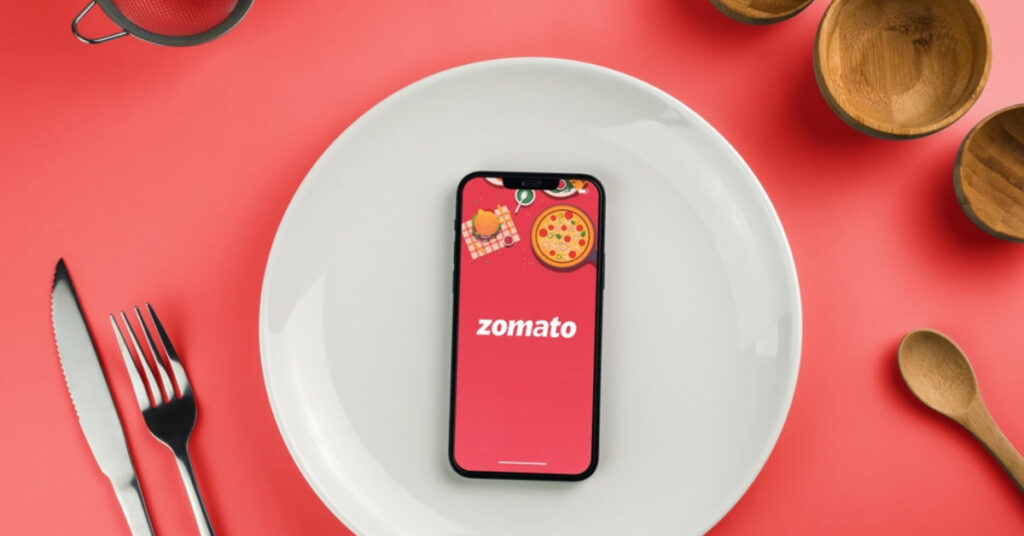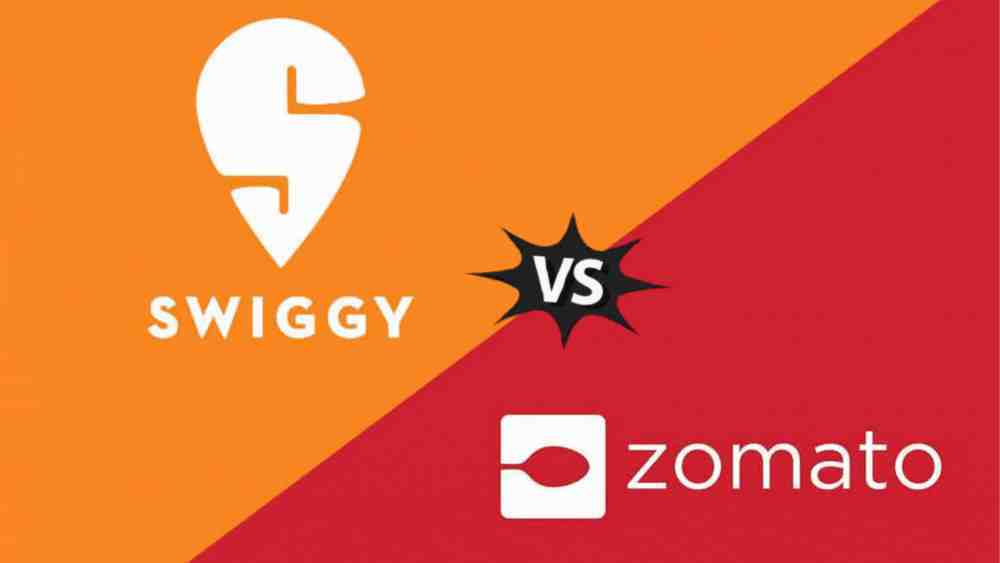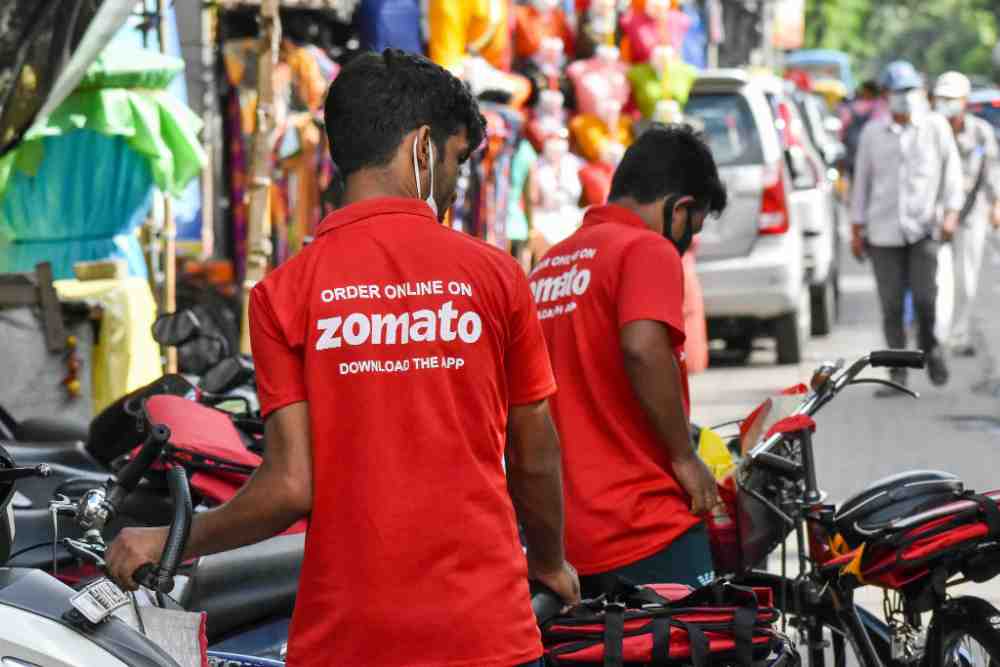Zomato, one of India’s leading food delivery startups, has recently unveiled a new feature that allows users to build multiple carts simultaneously, in a bid to rival PhonePe-owned Pincode’s functionality. This innovative update enables Zomato’s users to create carts from up to four different restaurants and conveniently order from their preferred eatery. The feature, similar to Pincode’s capabilities, allows users to check out one cart and return to complete orders from the remaining carts, enhancing the overall shopping experience.
Enhancing the Shopping Experience: Zomato’s New Multi-Cart Feature
With its latest app update, Zomato aims to improve the shopping experience for its users by introducing the multi-cart feature. By offering the ability to build carts from various restaurants, Zomato seeks to provide more choices and convenience to its customers, ultimately resulting in higher sales.
Borrowing from Pincode’s Playbook: Ordering Convenience across Categories

Zomato’s adoption of the multi-cart feature takes inspiration from Pincode, PhonePe’s dedicated app for the Open Network for Digital Commerce (ONDC). Pincode allows users to build carts from different categories, streamlining the shopping process. By incorporating this functionality, Zomato hopes to leverage the success of Pincode and offer a similar convenience to its own user base.
A Strategic Move: Zomato’s Bid for Increased Market Share
In the highly competitive food delivery market valued at approximately $5 billion, Zomato and its rival Swiggy have been engaged in a constant battle to gain market share. Currently, Swiggy holds around 45% of the market, while Zomato leads with a 55% share. Zomato’s introduction of the multi-cart feature is seen as a strategic move to further expand its market dominance and attract more customers.

Swiggy vs. Zomato: A Tug of War for Dominance in the Food Delivery Market
Over the past years, the market share dynamics between Swiggy and Zomato have witnessed significant shifts. Swiggy, once the leader with over 52% market share in 2020, experienced a decline to around 45% this year. Zomato, on the other hand, has steadily grown to become the market leader with its 55% share. These developments indicate a continuous struggle for dominance between the two food delivery giants.
Zomato’s Superior Execution: Analysts Laud the Company’s Performance

Despite similar revenue figures, Zomato has outperformed Swiggy in terms of profitability and execution. While Swiggy reported losses of around $545 million during a specific period, Zomato’s losses amounted to approximately $110 million. Analysts have praised Zomato’s ability to capitalise on opportunities and execute its business strategies effectively, highlighting the company’s superior performance.
In the near term, both Swiggy and Zomato have shifted their focus from acquiring new users to prioritising profitable growth. This shift indicates that market share dynamics are expected to remain relatively stable, with Zomato striving to maintain its competitive edge over Swiggy.


